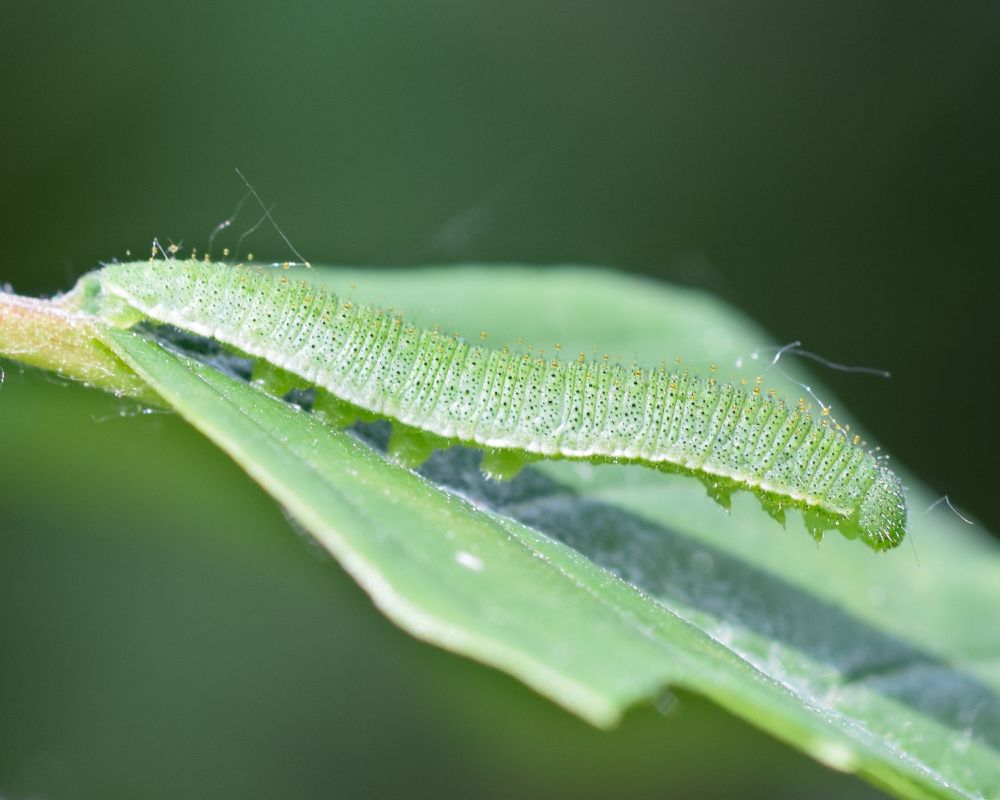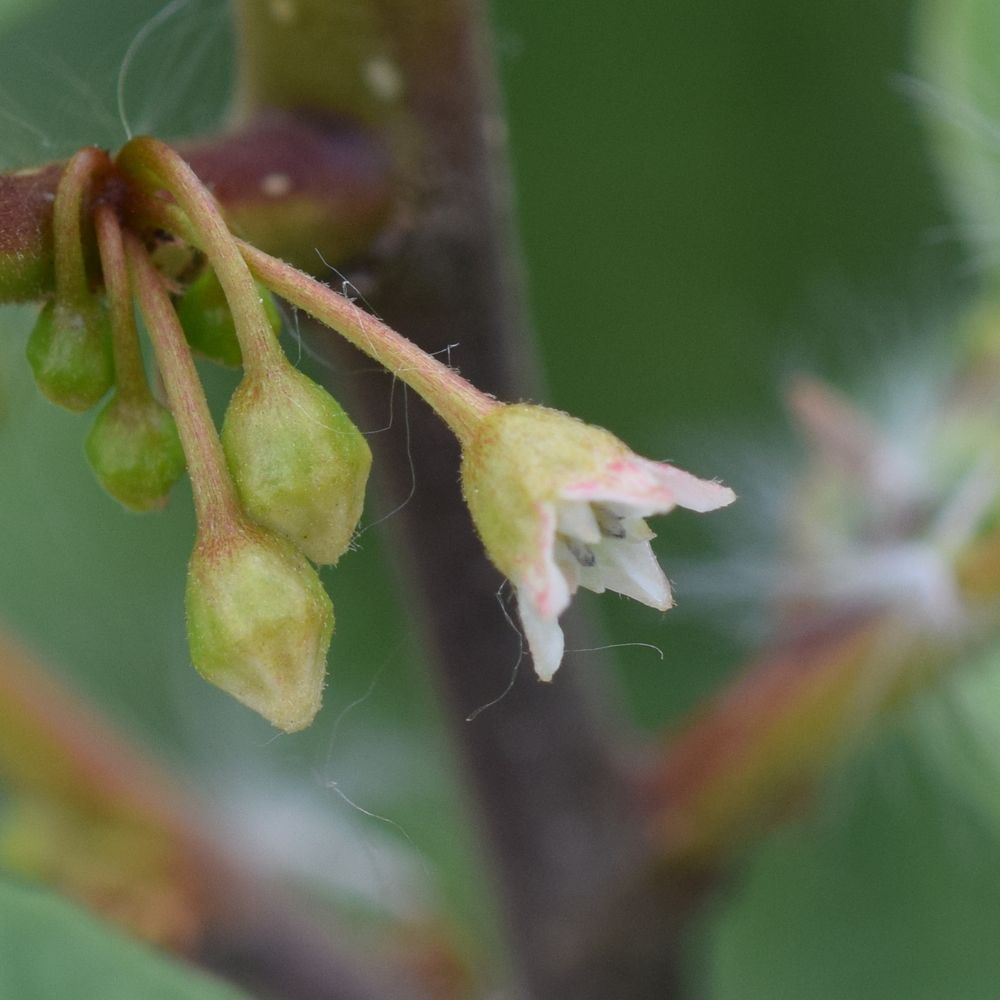
3rd August (stones added to keep squirrels out)

18th August - growth has slowed as the process of lignification takes place. The shoot must become woody to survive the winter and keep pests at bay.
Continued growth and transformation from green shoot to woody branch.
25.08.2025 19:17 — 👍 2 🔁 0 💬 0 📌 0

15th July. This year's growth appears complete.

11th August - the terminal bud has grown out and flower buds quickly appear.
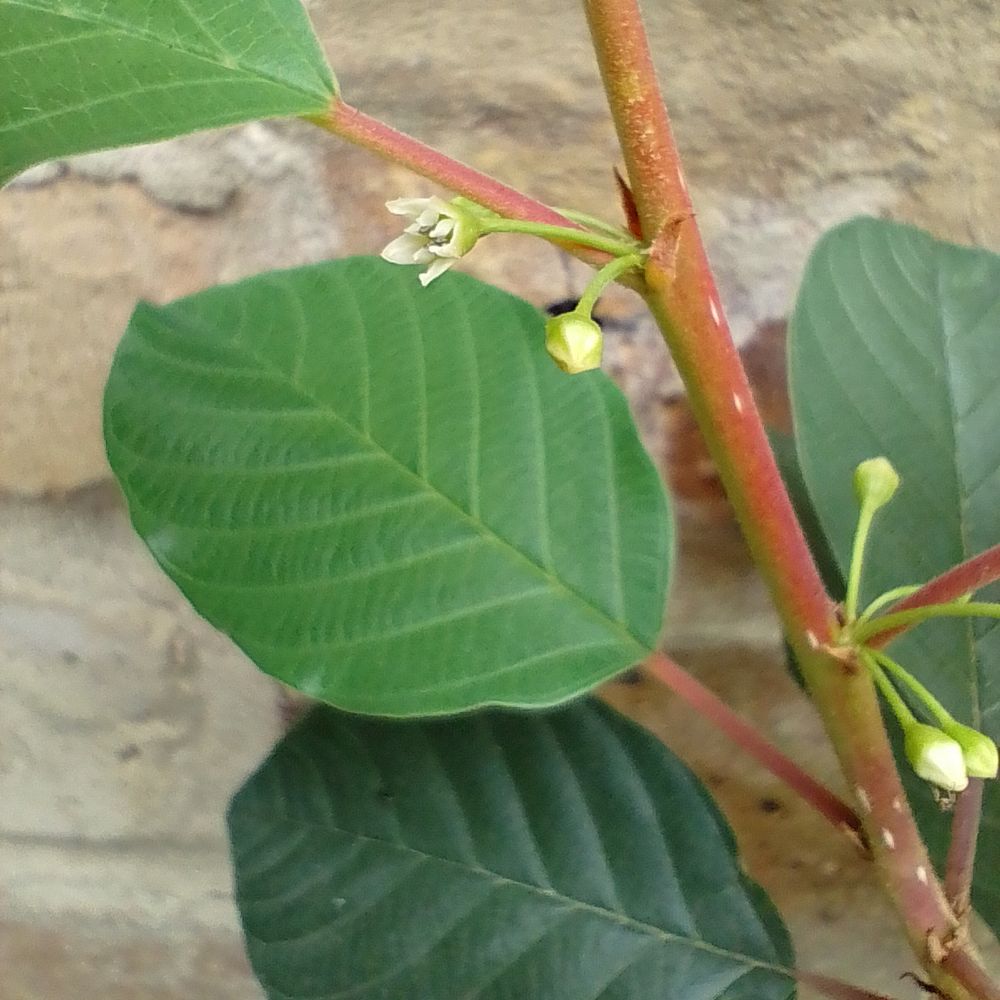
18th August - In full flower.

18th August - showing the full extent of Lammas growth.
Lammas Growth 2 - Once the shoot was established, one of the leading branches began to grow and then flower.
25.08.2025 19:00 — 👍 0 🔁 0 💬 0 📌 0

15th July, this years growth complete with dormant terminal bud.

15th July, a shoot has appeared from the base of the tree.

23rd July, the shoot measures 12cm.
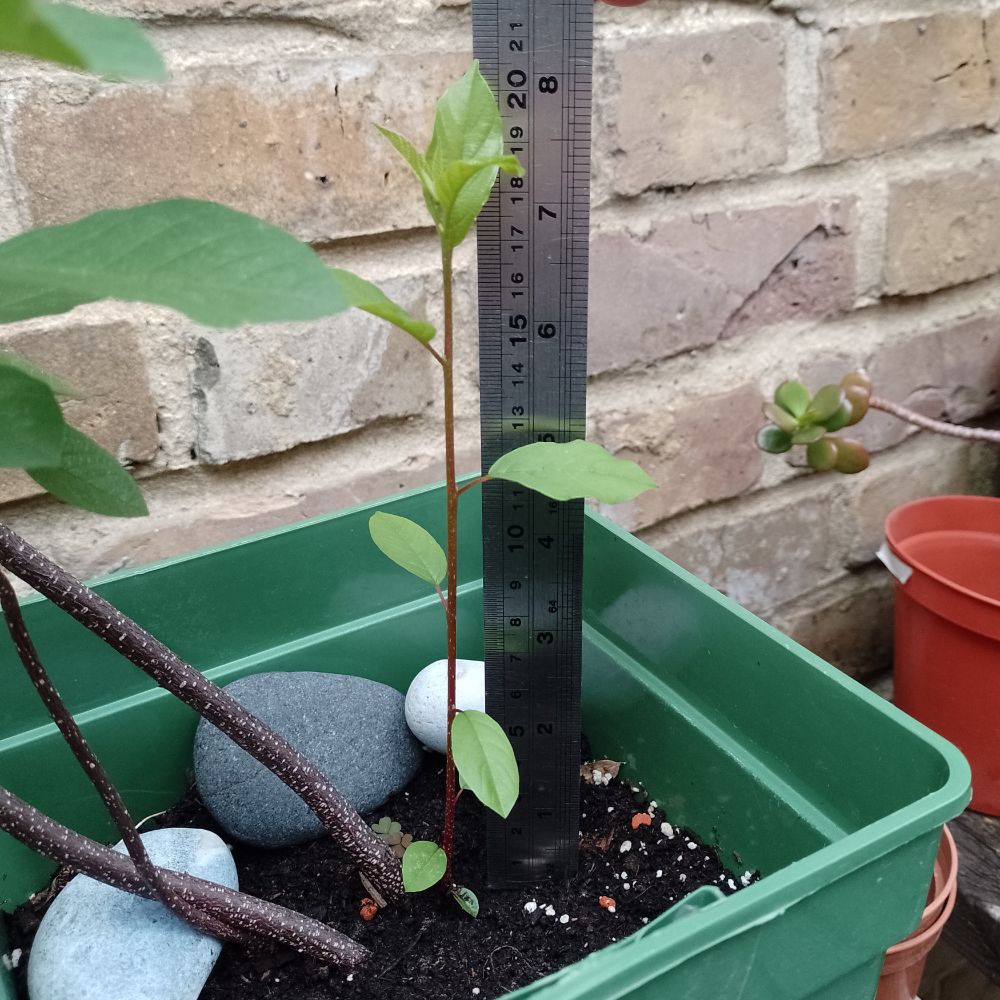
28th July, the shoot measures more than 20cm in height.
Lammas Growth 1 - By mid July this tree had stopped growing. From mid-July a shoot emerged and is documented over the next few weeks.
This potted tree is watered regularly. None of the trees planted out and fending for themselves have experienced Lammas growth.
25.08.2025 16:57 — 👍 1 🔁 0 💬 1 📌 0

This is the first year the new trees have flowered and produced berries. This was the last berry remaining on 17th August and contained two seeds.
Frangula alnus, Alder Buckthorn seeds. One berry contained two seeds.
25.08.2025 15:50 — 👍 1 🔁 0 💬 0 📌 0

This was not the kind of flight usually observed in springtime where a male Brimstone flutters purposefully past and away off into the distance. This was a wide circling, sometimes low down and then high up in the trees, sometimes threading a tight weedy path, occasionally tumbling briefly with a White.
Then several minutes after taking flight it appeared to settle in the tangle of burdock, nettle and bindweed shown.
There one or two leaves in this image that look remarkably like Brimstone wings. Either they are (most likely not) or this serves to illustrate how easily a Brimstone could camouflage here in this scrub.
Sunday 24th August, sunny, a bright green male Common Brimstone, disturbed, flying near to the young Alder Buckthorn trees.
25.08.2025 14:45 — 👍 2 🔁 0 💬 0 📌 0

This berry had a bite taken out of it a couple of weeks ago. Berry was not materially damaged. Annoyingly I did not photograph the earlier damage.

Not sure if this is still ripening. It looks a bit shrivelled?

Frangula Alnus Berry. Ready for a Blackbird?
Frangula Alnus berries ripening on the same plant, photographed 27th July.
01.08.2025 17:29 — 👍 0 🔁 0 💬 0 📌 0
In my spot in Essex, in something of a frost pocket, male Meadow Browns must of hatched in the past week. Just a couple evident on 15th June but many on the 22nd. Well behind Blythe Valley Park it seems.
24.06.2025 08:10 — 👍 1 🔁 0 💬 0 📌 0
That could be a Cleopatra Butterfly (Gonepteryx cleopatra) The leading edge of the forewing (costa) is barely convex and there looks to be a yellowing inside the wing.
24.06.2025 07:24 — 👍 0 🔁 0 💬 0 📌 0

Alder Buckthorn (Frangula Alnus) berries forming. These saplings were planted as seedlings in March 2024. In their first year they did not flower. In their second year they successfully flowered and are now forming berries. 22nd June.
23.06.2025 19:37 — 👍 3 🔁 0 💬 1 📌 0

One of the two last caterpillars observed. This one started feeding again just minutes after being disturbed. This Alder Buckthorn is still flowering. 15th June.
23.06.2025 19:29 — 👍 3 🔁 0 💬 0 📌 0
Their charmed lives. I have been following a dozen or so (wild) caterpillars on young Alder Buckthorn planted next to a remote stream and overgrown with Common Comfrey, Nettle, Black Horehound and Water Figwort. I have not found a single chrysalis. Either I cannot find them or they were predated.
23.06.2025 19:24 — 👍 1 🔁 0 💬 0 📌 0
Thanks for posting these. Did they pupate on the same plant on which they were feeding? In this picture it looks as though there is an almost completely eaten leaf nearby.
21.06.2025 16:34 — 👍 0 🔁 0 💬 1 📌 0

Spiracles through which the larvae breathes. There are 9 down each side of the body, 1 thoracic and 8 abdominal.
21.06.2025 09:40 — 👍 5 🔁 1 💬 0 📌 0


Midabdominal prolegs in action.
Searching for chrysalises I disturbed the last two visible Brimstone butterfly caterpillars. Both on the same Alder Buckthorn plant and both found in this en garde posture. 15th June.
21.06.2025 08:54 — 👍 1 🔁 0 💬 0 📌 0
NatureServe Explorer 2.0
"Hieracium pilosella grows in dense mats, excluding other vegetation."
"If the soil in which mouse-ear hawkweed is growing is infertile, then a dense advancing front of plants will radiate from a bare center."
Hieracium pilosella = Pilosella officinarum
explorer.natureserve.org/Taxon/ELEMEN...
11.06.2025 20:54 — 👍 1 🔁 0 💬 1 📌 0

A grim find. A dead or paralysed Brimstone caterpillar laying on an uneaten leaf. Its not obvious how it met its end. I thought it might have been parasitised but I am sure now that is not the case.
11.06.2025 20:29 — 👍 1 🔁 0 💬 1 📌 0

Evidence of a Brimstone butterfly larvae's final moult (ecdysis) from 4th to 5th instar. Anchored at the leaf base the caterpillar exits the old cuticle in a forward direction. Then off to find a clean new leaf?
Something else happened here. Is that the remains of a Damsel Bug?
11.06.2025 20:07 — 👍 5 🔁 1 💬 0 📌 0

This might be one a reason for Brimstone butterflies not to choose larger Buckthorn trees as larval hosts. Warblers such as this Garden Warbler seen singing in Alder Buckthorn (Frangula alnus) are known to eat Brimstone butterfly caterpillars.
11.06.2025 13:34 — 👍 1 🔁 0 💬 0 📌 0
Brimstone might be choosy about their choice of larval host. There may be something about that row of Buckthorn that they are avoiding.
10.06.2025 17:45 — 👍 1 🔁 0 💬 0 📌 0
Have you found Brimstones there on previous occasions? I have been wondering how they locate their larval host. They found my newly planted Alder Buckthorn saplings both last year and this.
06.06.2025 16:32 — 👍 1 🔁 0 💬 1 📌 0

3rd instar brimstones 31st May 2025
03.06.2025 07:36 — 👍 0 🔁 0 💬 0 📌 0
UK Butterflies - Brimstone - Gonepteryx rhamni
UK Butterflies - Brimstone - Gonepteryx rhamni
Fairly certain these are 2nd instar resting on the top of the leaf. A useful resource for identifying instars at www.ukbutterflies.co.uk/species.php?...
03.06.2025 07:35 — 👍 0 🔁 0 💬 0 📌 0

3rd instar common brimstone. 8 or 9mm long. Resting along midrib of the upperside of the alder buckthorn leaf.
31.05.2025 07:50 — 👍 1 🔁 0 💬 0 📌 0
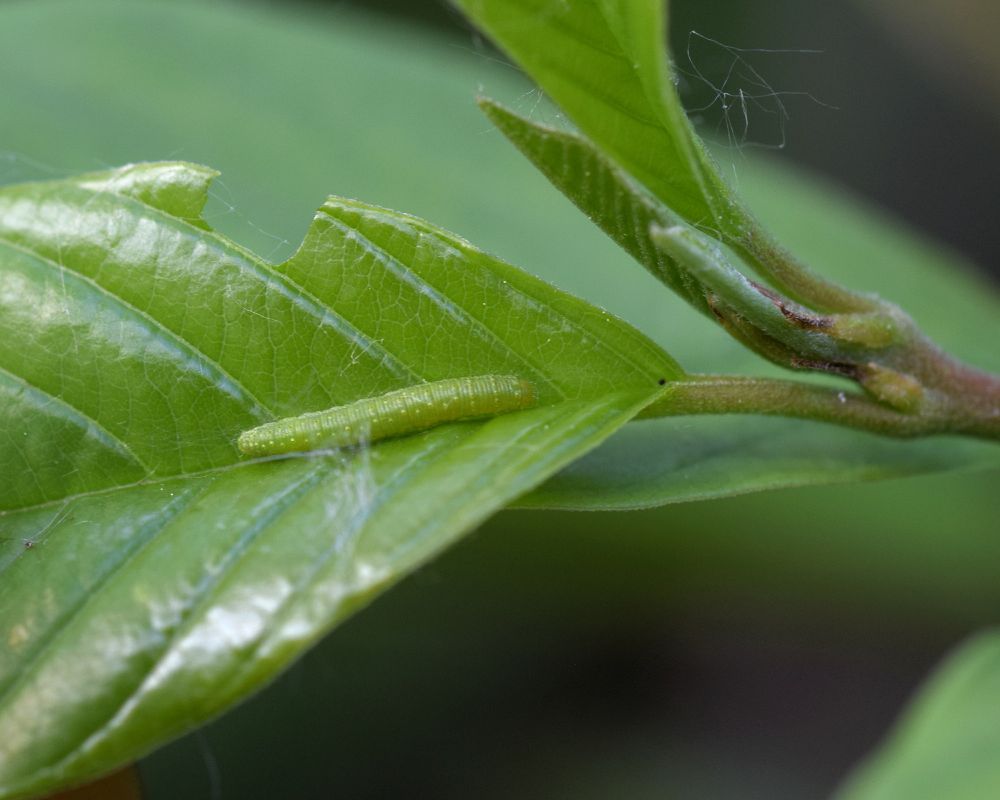

2nd or 3rd instar common brimstone butterflies resting between meals. About 6mm long suggests 2nd instar. According to Peter Eeles in his book Life Cycles of British & Irish Butterflies 2nd instar catapillars would rest on the underside of the leaf. 3rd instar rest on the upper side of the leaf.
31.05.2025 07:41 — 👍 0 🔁 0 💬 1 📌 0

Two second or third instar common brimstones on Frangela alnus. 25th May 2025.
30.05.2025 08:39 — 👍 1 🔁 0 💬 0 📌 0





























